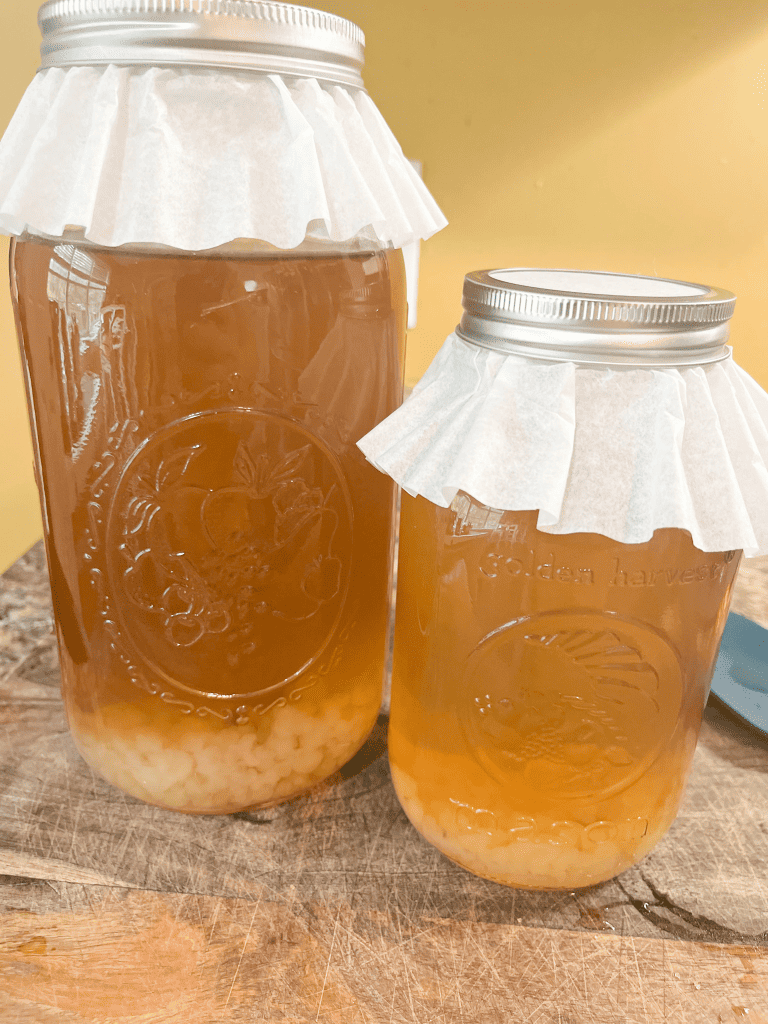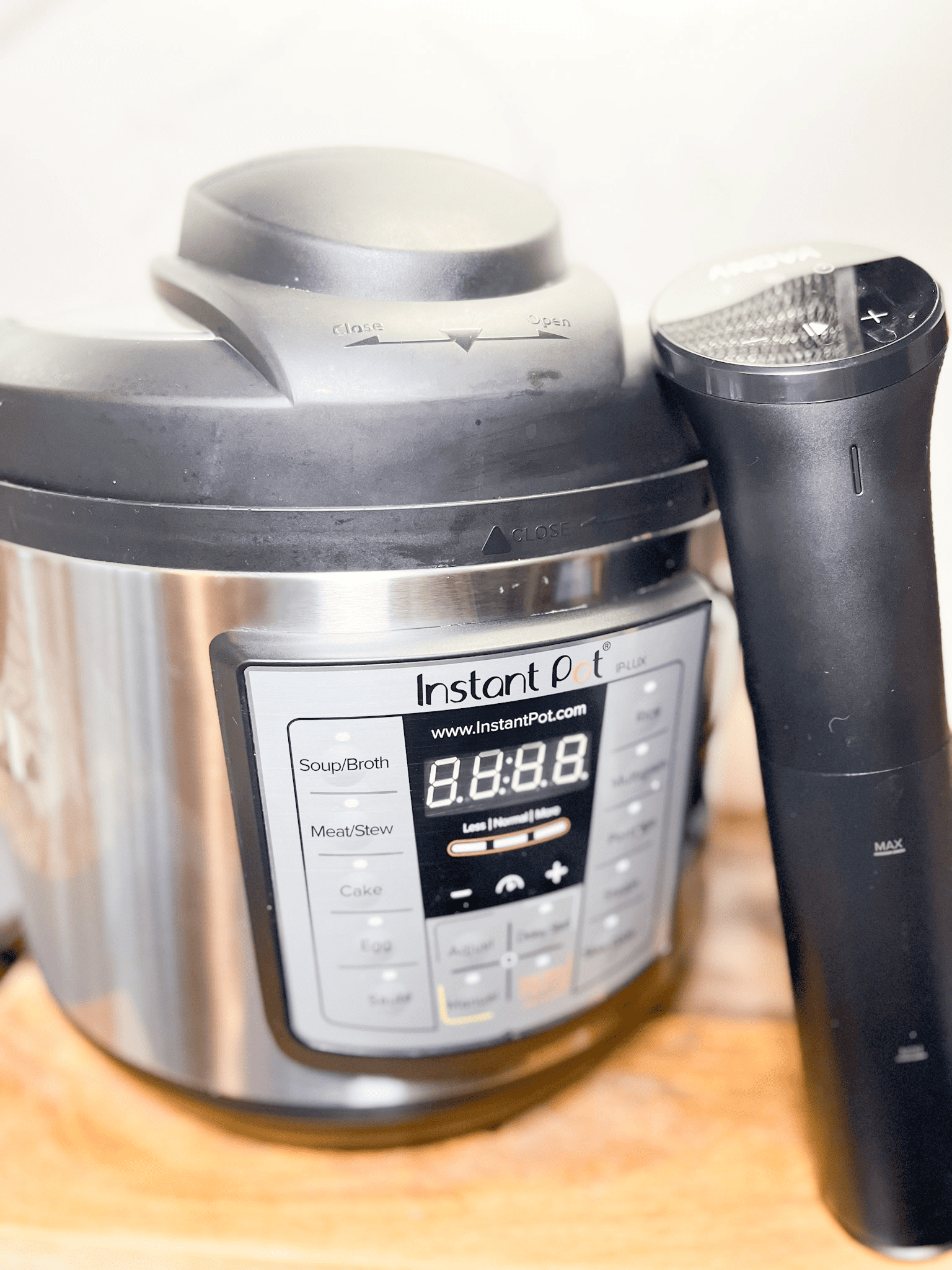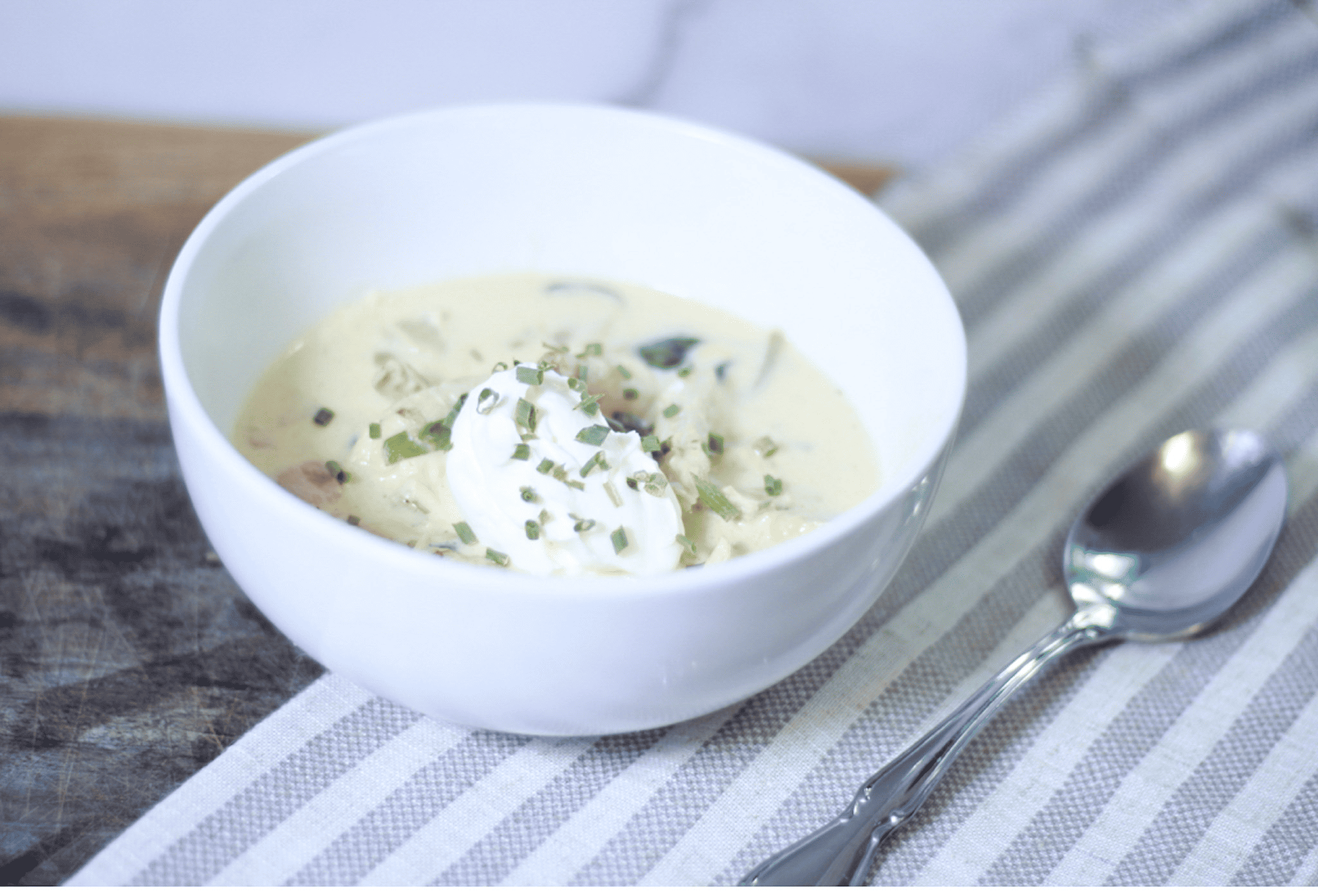Kombucha vs Water Kefir: What is the Difference?
When it comes to probiotic-rich drinks, kombucha and water kefir are two of the most popular options. They both offer similar health benefits and are made through a fermentation process. But what is the main difference between the two? In this blog post, we’re going to explore the differences between kombucha and water kefir and help you decide which one is right for you.
**This post contains affiliate links. We are a participant in the Amazon Services LLC Associates Program, an affiliate advertising program designed to provide a means for us to earn a small commission by linking to Amazon.com and affiliated websites.
The Basics
Firstly, let’s talk about the basics of how these two drinks are made. Kombucha is a fermented tea drink. It is made using a starter culture called a scoby (symbiotic colony of bacteria and yeast) and sweetened tea. The scoby eats the sugar and produces organic acids and live bacteria, resulting in a tangy, sour-tasting and slightly effervescent drink. On the other hand, individuals make water kefir using kefir grains, small, gelatinous beads added to sweetened water or fruit juice at room temperature for 24-48 hours.During this time, the kefir grains consume the sugar and produce lactic acid and beneficial bacteria, resulting in a sweeter drink that is less acidic than kombucha.
The Differences
The main difference between kombucha and water kefir lies in the types of starter cultures used, which results in the difference in taste between the two. The Kombucha starter culture comprises tea, sugar, and a scoby, with the option to use black tea, green tea, or herbal tea, depending on personal preference. In contrast, the Water kefir starter culture is a combination of kefir grains, sugar, and water or fruit juice. Additionally, individuals can utilize the kefir grains to produce coconut water kefir.This means that kombucha has a slight bitter taste while water kefir is a sweeter drink.
Another key difference is the fermentation process. While both drinks are fermented, the process is slightly different. Kombucha ferments for a longer period of time, usually around 7-14 days, while water kefir grains only takes 24-48 hours. This indicates that kombucha maintains a longer shelf life and users can keep it for weeks or even months if they store it properly. Conversely, individuals need to consume water kefir within a few days of fermenting and store it in airtight containers to prevent further fermentation.

Health Benefits
When it comes to the health benefits of these two drinks, they are both excellent sources of beneficial probiotics that can help improve gut health and boost the immune system. They both contain amino acids, acetic acid, lactic acid, and organic acids that are beneficial to overall health. They are also a great source of B vitamins and vitamin C. However, each drink contains different types of probiotic bacteria. Kombucha contains a strain of beneficial bacteria known as gluconacetobacter, while water kefir contains lactobacillus.
One More Thing…
Lastly, there is the difference in taste. Kombucha has a slightly sour taste, almost reminds me of a flavorful apple cider vinegar. While water kefir is a sweeter drink. During the second fermentation process, brewers can infuse Kombucha with fruit or herbal tea to achieve a more fruity or floral taste. Similarly, individuals can infuse water kefir with fruit, leading to the development of distinct flavor profiles.Both are a great addition to the diet to promote a healthy gut, but personal preference is key when deciding which one to consume.
Conclustion
So, what’s the big difference between kombucha and water kefir? The main difference lies in the types of starter cultures used, resulting in the difference in taste between the two. Kombucha has a slightly bitter taste, while water kefir is a sweeter drink. Kombucha ferments for a longer period of time and has a longer shelf life, while users need to consume water kefir within a few days and store it properly to prevent further fermentation. Both are a great way to promote a healthy gut and boost the immune system, so why not try both and see which one is your favorite?







I just want instructions for how to best keep my water kefir healthy. I’ve been using water kefir for several years, but my grains had gotten tiny and fewer, so I recently ordered some from your Etsy shop. The instructions given were so minimal that I really want more info, but can’t find anything here. How often do you usually feed them and always with brown sugar? I’m asking that because my old grains got slimy and nasty when I used brown sugar too often, so I usually used white. I’m also curious about the baking soda. I’d never heard that before… Does that counter the slimy yuck that I encountered with brown sugar? I’d just love a bit more information. Thanks!
Btw, all the pop-ups in your website make it really hard to navigate! They block the dialogue boxes so that I can’t see what I’m typing, and they are Very hard to close.
Hey Ronda!
I am so sorry to hear about your trouble with the water kefir grains. I will share my exact step by step below that yields the best results for me.
1. In a half gallon mason jar I add 1/2 cup of brown sugar. I find that brown sugar has just always worked better for me than the white sugar, but you can most definitely use white sugar. Then I fill it up with room temp water leaving about 3 inches or so at the top.
2. I allow it to sit for a few minutes stirring it occasionally until the sugar has mostly dissolved.
3. I then add half a cup of kefir grains.
4. Every other ferment I add about 1/4 tsp baking soda or celtic sea salt. This just adds additional minerals to the grains and I find that it keeps them healthier.
5. I then add about 3-4 raisins to the jar and cover with a coffee filter and ring. The raisins also provide additional “food” to the grains but also help me to know when they are “ready” for the second ferment when the raisins float to the top. I also will give the jar a little spin and watch for bubbles floating from the bottom to the top towards the 24 hour mark. My first ferment is usually complete within 24-48 hours. The closer they get to the 48 hour mark or if I leave them any longer they begin to get that slimy feeling.
6. Once my raisins are floating I remove the grains and then add any additional flavors (juice, fruit etc) and begin my second ferment.
Some other helpful tips: Make sure your grains are kept in optimal temperatures. You want them to stay under 85 degrees, but usually anything too cold will cause them to “hibernate.” So if you need to take a break you can pop them in the fridge for up to a week.
It takes my smaller grains several “ferments” to grow. But also remember the small ones will ferment just as well as the bigger ones and require less “food.”
Please let me know if you have anymore questions! You are welcome to reach out to me at jenny@myfarmandtable.com